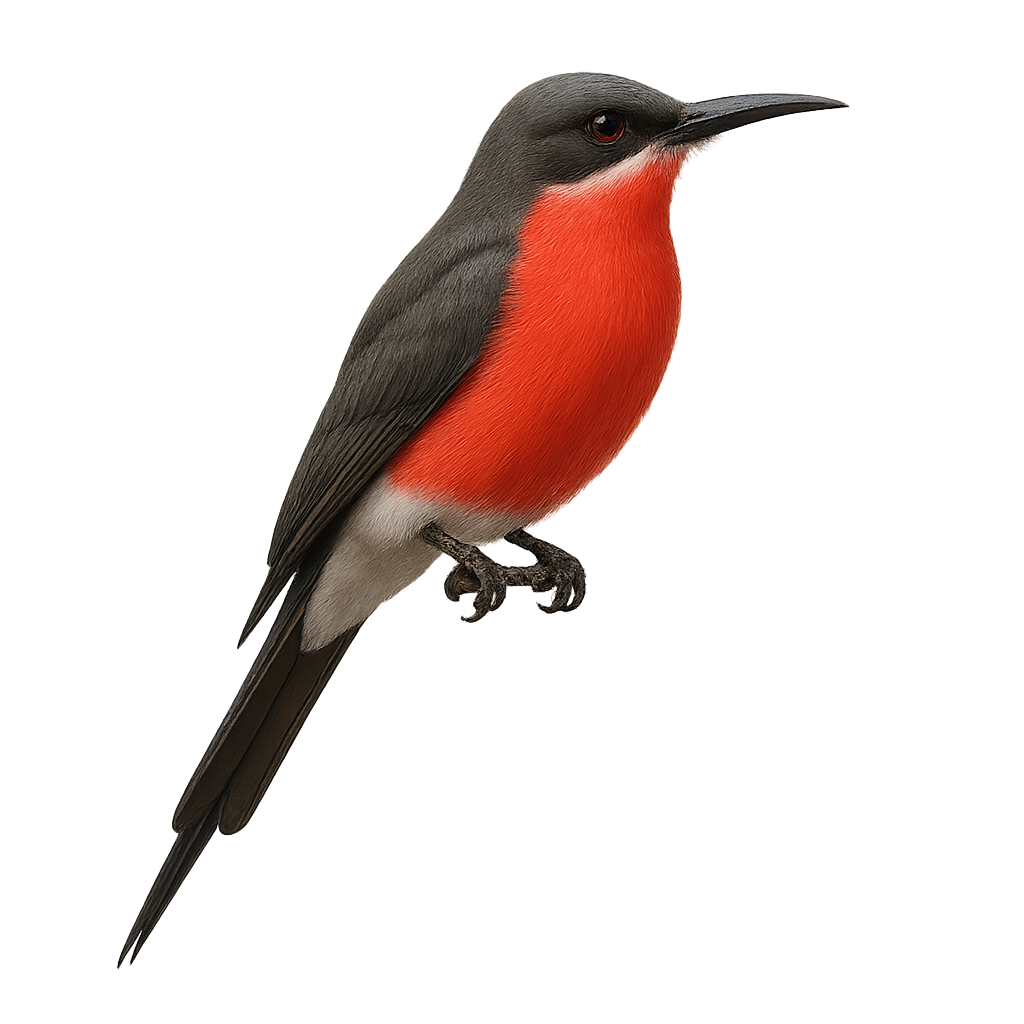Your wildlife photography guide.
Explore the rosy bee-eater in detail, study its behavior, prepare your shots.
Where to observe and photograph the rosy bee-eater in the wild
Learn where and when to spot the rosy bee-eater in the wild, how to identify the species based on distinctive features, and what natural environments it inhabits. The WildlifePhotographer app offers tailored photography tips that reflect the rosy bee-eater’s behavior, helping you capture better wildlife images. Explore the full species profile for key information including description, habitat, active periods, and approach techniques.
Rosy Bee-eater
Scientific name: Merops malimbicus

IUCN Status: Least Concern
Family: MEROPIDAE
Group: Birds
Sensitivity to human approach: Suspicious
Minimum approach distance: 10 m
Courtship display: October to December
Incubation: 20-22 jours
Hatchings: October to January
Habitat:
Open forests, savannas, wooded areas
Activity period :
Primarily active during the day, with peak activity in the morning and late afternoon.
Identification and description:
The Rosy Bee-eater, Merops malimbicus, is a graceful member of the Meropidae family, found across Central and Western Africa. It inhabits tropical forests, open savannas, clearings, and riverbanks, often seen soaring above the canopy or perched in the open. This species is easily recognized by its long triangular wings, uniform grey upperparts, rosy-pink underparts, a black eye stripe, and a sharp white moustache. Partially migratory, it sometimes forms massive breeding colonies with over 20,000 pairs. It nests in tunnels dug into sandy riverbanks or sandbars. Its call consists of harsh, brief notes like tik and trrp, typical of bee-eaters.
Recommended lens:
400mm – adjust based on distance, desired framing (portrait or habitat), and approach conditions.
Photography tips:
To photograph the Rosy Bee-eater, it is advisable to use a telephoto lens of at least 400mm to capture detailed images without disturbing the bird. Look for areas where they gather, such as riverbanks or clearings. Be patient and discreet, as these birds can be suspicious. Take advantage of morning or afternoon light to get vibrant colors. A tripod can be useful to stabilize your camera during extended shooting sessions.
The WildlifePhotographer App is coming soon!
Be the first to explore the best nature spots, track rutting seasons, log your observations, and observe more wildlife.
Already 1 450 wildlife lovers subscribed worldwide

